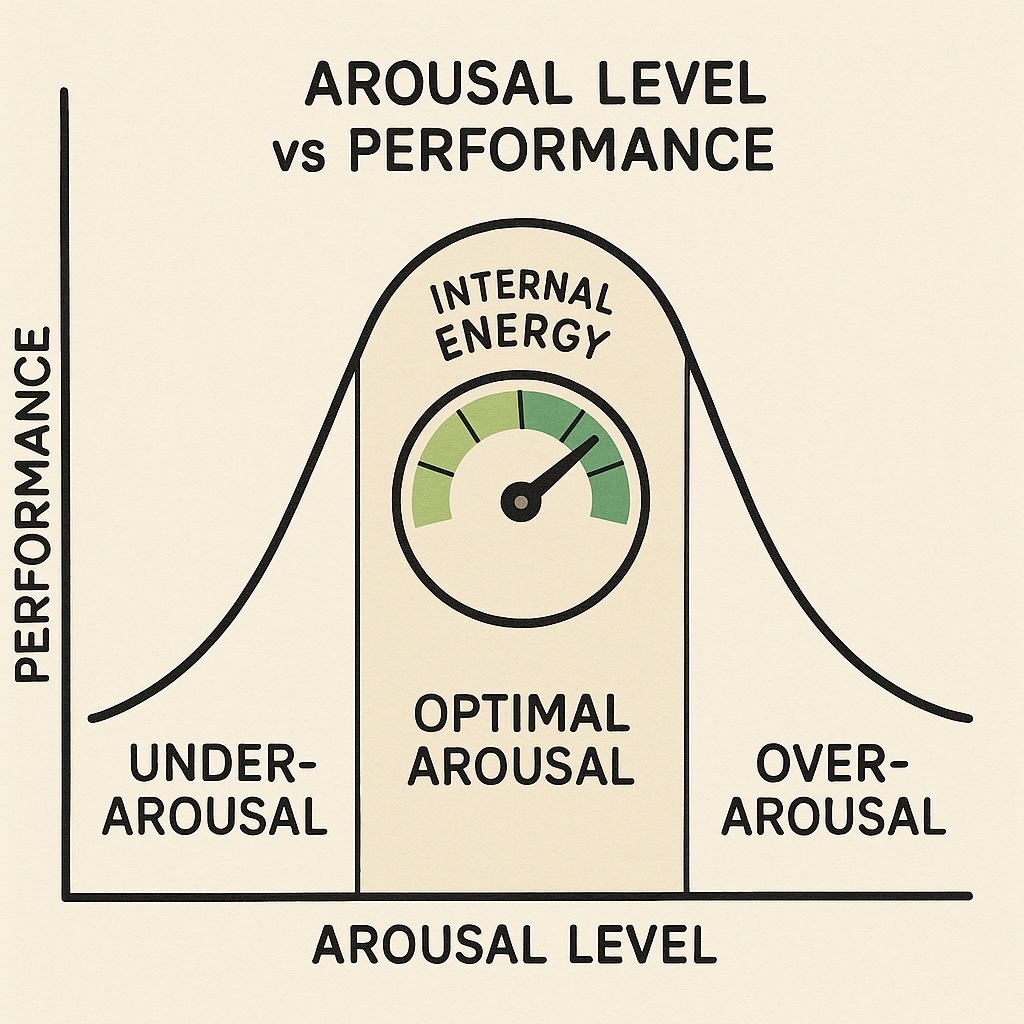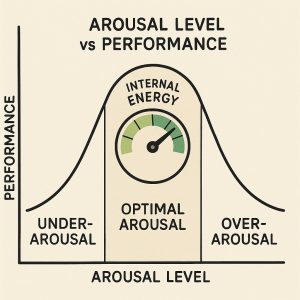
Every parent wants their child to succeed at school, enjoy friendships, and feel comfortable in their own skin. But have you ever noticed your child bouncing off the walls one moment, and zoning out completely the next? It can be frustrating, confusing, and sometimes downright overwhelming. If this sounds like your experience, understanding your child’s arousal levels could be the missing piece of the puzzle.
What Exactly Are Arousal Levels?
I’m not an occupational therapist; I’m just a parent like you. My journey started when I noticed my son frequently looking tired during class, even though he had slept a solid nine hours the night before. He’d wake up fully charged, but halfway through the day, his energy would slump dramatically. Puzzled, I asked an educational psychologist to observe him at school. She identified several issues and introduced me to the concept of arousal levels. Intrigued, I started researching online, and that’s how I discovered this important topic.
Have you ever watched your child bouncing in their seat during homework, unable to settle down? Or perhaps they’ve stared blankly at their assignment, completely checked out? These are clear signs their arousal level isn’t optimal.

For more detailed explanations, this overview is very helpful.
Signs Your Child Might Be Under- or Over-Aroused
Think of arousal levels like your child’s internal energy dial. At one end, there’s under-arousal, where your child might seem sluggish, sleepy, or inattentive. On the opposite end, there’s over-arousal, marked by hyperactivity, restlessness, or anxiety. The goal? Finding that optimal level—the ‘just-right’ state—where your child feels calm, alert, and ready to learn and interact positively.
Recognizing when your child is outside their optimal arousal range is the first step toward helping them regulate. Knowing these signs lets you offer the right support sooner. Let’s break down the signs:
-
Under-Arousal:
- Seems tired or bored often
- Has difficulty focusing
- Daydreams or spaces out frequently
- Shows low motivation or disinterest in activities
-
Over-Arousal:
- Constantly fidgets or moves around restlessly
- Talks excessively or disruptively
- Gets easily frustrated or emotional
- Struggles to sit still or finish tasks
Why Sensory Regulation Matters
Sensory regulation refers to helping children manage their responses to sensory information—such as sights, sounds, touch, and movement—so they can stay comfortably balanced in their energy level throughout their day. Think of it as helping your child find their own internal thermostat, adjusting sensory inputs so they feel just right. By addressing sensory needs, you can significantly reduce behavioral issues, improve concentration, and boost overall well-being. Imagine fewer meltdowns and more calm, productive moments—wouldn’t that make life easier?
Practical Strategies to Regulate Arousal Levels
Here are some practical sensory strategies to help your child reach their ‘just-right’ state:
1. Movement Breaks
Children naturally crave movement. Short bursts of physical activity can reset energy levels significantly. Encourage short breaks for activities like jumping jacks, yoga poses, or dancing.
Try this: Set a timer every 25 minutes during homework and include a quick five-minute dance or stretch break. This is what is called the pomodoro method made by Francesco Cirillo three decades ago. It was created when he was having a hard time focusing on his studies in university. Then he discovered that by doing work and taking breaks at regulated intervals, it increased his productivity. He experimented with various intervals and then found that doing 25 minutes of work then a 5 minute short break was the optimal interval for productivity. Now many people use it, like my son! This website was the one that he found very useful in keeping track of time.
2. Heavy-Work Activities
Activities that involve pushing, pulling, lifting, or carrying heavy objects can calm an over-aroused child or energize an under-aroused one.
Ideas of heavy-work includes:
- Carrying groceries
- Rearranging furniture or pillows
- Wall push-ups
- Playing tug-of-war
If you have tried any of these activities or have found great alternatives, let us know in the comments below!
3. Sensory Tools
Small sensory tools can make a big difference:
- Weighted Blankets: Provide comforting pressure to soothe an overly energetic child.
- Fidget Toys: Offer subtle sensory input to improve concentration.
- Noise-cancelling headphones: Help reduce sensory overload.
These three methods are great ways to control your child’s arousal level! But there are many more strategies! For additional strategies, you can explore further here.
4. Adjusting Environment and Lighting
The environment significantly impacts arousal levels. Dim lighting and quiet spaces help reduce anxiety, while brighter environments can boost alertness.
A great question to ask to see how to accommodate your child is if there are spaces or times where adjusting lighting or noise might help your child stay regulated?
5. Consistent Sleep and Nutrition
Sleep and diet heavily influence energy and mood. Consistent bedtimes, adequate sleep, and balanced meals with minimal sugar help maintain stable arousal levels.
Additionally, how consistent is your child’s bedtime routine? What could be potential small tweaks to improve their mood and concentration?
Helping Your Child Learn Self-Regulation
At first, you’ll guide these strategies. Eventually, your child will start recognizing their own sensory needs. Simple visuals or metaphors can help them communicate their feelings:
- Slow: Sloth (under-arousal)
- Just-right: Dog (balanced and attentive)
- Fast: Cheetah (over-arousal)
Teaching your child to identify and manage their feelings is like giving them the tools to steer their own ship. Doesn’t that sound empowering?
When Should You Seek Professional Support?
Despite your efforts, sometimes home strategies aren’t enough. Persistent struggles may indicate underlying sensory processing issues, ADHD, or Autism Spectrum Disorder. If your child regularly struggles despite trying these sensory strategies, professional assessment from an occupational therapist or healthcare provider might be necessary.
KK Women’s and Children’s Hospital in Singapore provides valuable insights into sensory regulation and recognizing when extra help might be beneficial.
There are times when seeking professional help if necessary. Please do not be afraid or ashamed to reach out to professionals to help you and your child to thrive in this modern society.
Final Thoughts
Helping your child regulate their arousal levels is a journey requiring understanding, patience, and consistency. It’s about small, consistent efforts rather than instant perfection. Think of this as planting seeds that gradually blossom into better behavior and greater confidence.
Imagine fewer daily battles, more smiles, and a child who feels comfortable and confident in their environment. By seeking this information, you’ve already taken an essential step. Start trying these strategies today—you might be pleasantly surprised at how quickly small adjustments lead to big changes.
